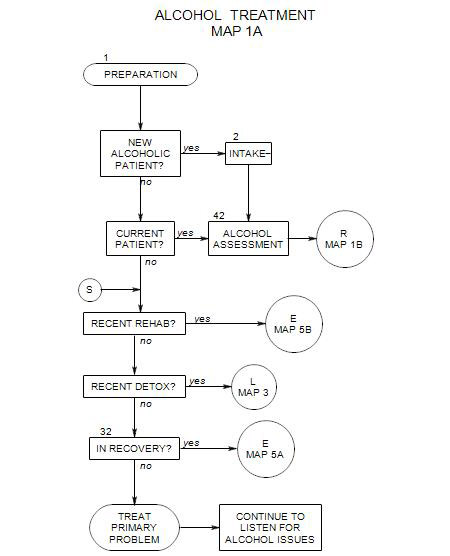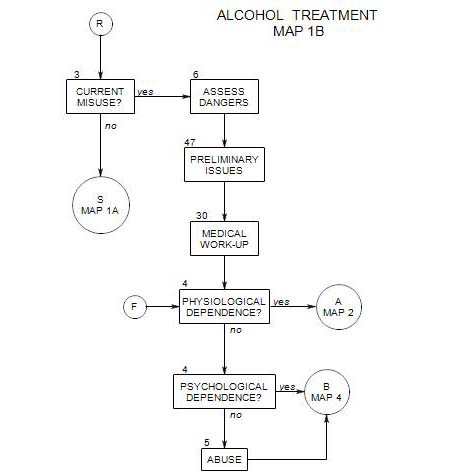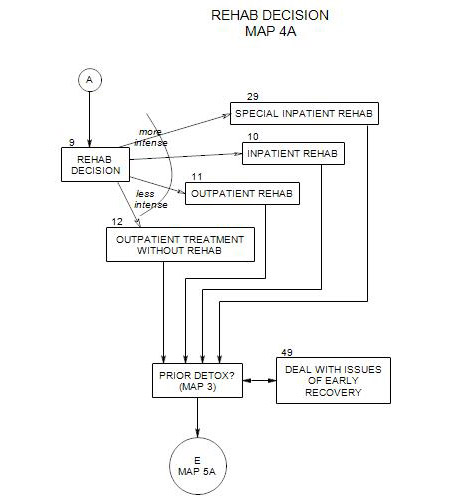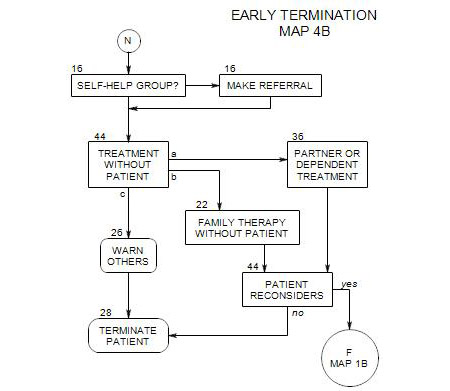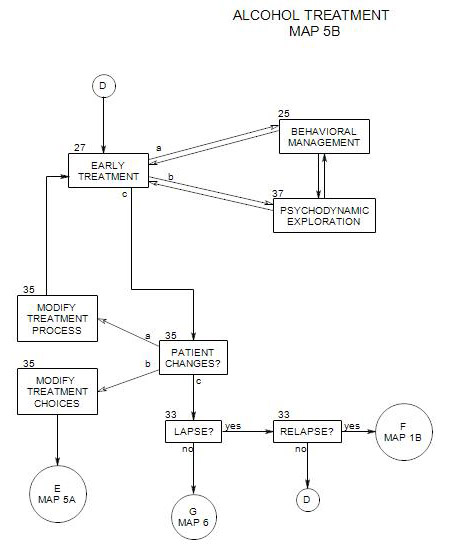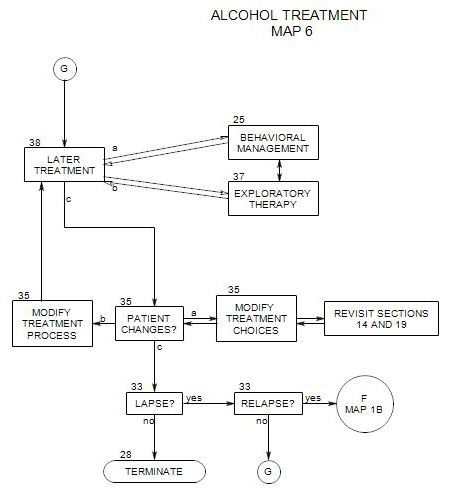This section is part of the early classification of a patient on Map 1A
A person is said to be in recovery if s/he was at one time dependent on alcohol or abusing alcohol, and is now sober. Use of the term points out that people who have been dependent on or abusive of alcohol in the past are always at some risk for a return to their former ways.
If a person is in recovery, then it can be helpful to gather information of his/her past use of alcohol and how he/she is currently dealing with the risk of relapse. This might include information on attending peer support group meetings, avoiding certain triggers, and so on.
You also need to know how stable the person’s recovery is – including such data as –
- how long he/she has been abstinent.
- whether he/she has had lapses, and if so, when and how many.
- what triggers he/she has to be careful of.
- what support is available to him/her for maintaining sobriety.
- what, if anything, leads to a temptation to drink, and how he/she manages that temptation.
According to Map 1A, treatment for a person in recovery should skip directly to gathering information and preparing for treatment. Map 5A is for a person in early recovery, having been through detox and rehab. Depending on the person’s answers to the questions in the previous paragraph, that work may or may not be relevant.
If the person is in later recovery, then much of the work of Map 5A may be unnecessary, and you can go on to Map 5B or Map 6. If a person’s recovery is firm and no longer an issue, even under the stress of other psychological issues, then this entire book may be irrelevant to his/her treatment, and you should focus on those other issues.
